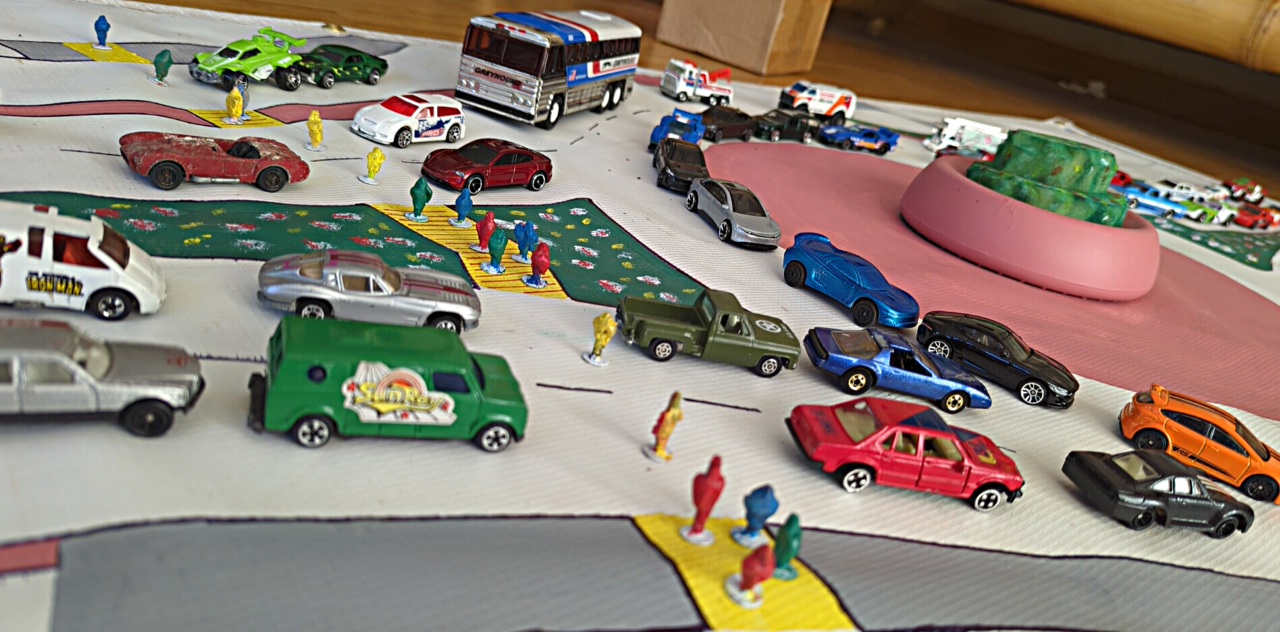
Kihei High School
Needs an Underpass!
After decades of waiting, Kihei will finally receive its very own high school. This project is extremely welcome and appreciated. However, Kihei High School will not be able to open, until the Department of Education can ensure safe access to the school for the students and other pedestrians. This requires either an underpass, or an overpass on Piilani Highway! To avoid a lengthy delay in opening of the school, the backers of this initiative suggest building a temporary underpass that can be used until a better permanent solution can be implemented. (It is anticipated that such an underpass would be used for up to eight years.)
Support the Underpass - Otherwise, the School can't open!
Take Action to Solve the Problem!
The supporters of the proposed underpass are asking all members of the community to support this initiative in an effort to get the school opened in a timely fashion by sending an email to KiheiHSUnderpass@gmail.com, which is a collection mailbox that will be forwarded to Governor Josh Green in an organized and consolidated fashion. Simply click this link, which will open your email software and even put in a starting point for a suggested email, to make this as effortless as possible.
You Can Make a Difference - Please Take Action and send an email!
Buck Joiner Explains
Problem #1
The Kihei high school is being built on the mountain side of the very busy four-lane Piilani highway, but the students, teachers, and virtually everybody live on the other side of the highway. In 2013 the DOE/DOT was required to build either an overpass or an underpass so that students, teachers, and pedestrians would not have to risk injury or death by crossing four lanes of extremely busy traffic. Instead, DOT built a four-lane roundabout where the objective is for traffic to never stop. There are no traffic lights that allow anyone who is not traveling by car to get from where people live to the school.
Would you like your children or grandchildren to cross four lanes of fast-moving highway traffic twice a day?!?
Roundabouts have many advantages. Flow of traffic and throughput being the main one. It is anticipated that the roundabout will work well for moving cars in this area. However, that purpose is entirely contradictory to the goal of getting children across the highway safely. Traffic that never stops cannot be walked across safely!
We are providing a safe crossing to allow the school to open for the first phase while the Hawaii Department of Education (HIDOE) studies the need for a grade separated crossing for future phases of the school. As stated above, the roundabout is a solution that will keep all users safe for all phases of the school. However, the HIDOE will continue to study the need for a grade separated crossing.
-- DOT Deputy Director Ed Sniffen
This statement is simply not true! Roundabouts have many benefits, but pedestrian safety is not one of them! This does not require further study, as it is both a well understood fact, and common sense. The lives and wellbeing of our children are being put in jeopardy. Accidents will happen. This is currently understood and apparently accepted willfully by those in charge.
For this reason, pedestrians must be guided either over or under Piilani highway, separated from the traffic. While an overpass will ultimately (probably) be the desired solution, there are a number of challenges (such as making the grades of the overpass conformant to the Americans with Disability Act) and the timeframe (6-10 years) and cost (multi-million dollar) associated with an overpass are prohibitive and hard to square with the goal of opening the high school in a timely fashion. Therefore, the backers of this initiative suggest building an underpass as a temporary (8-year time horizon) solution. This can be done quickly and with a comparatively modest budget.
The following image shows Waipuilani Gulch, which offers plenty of space to build a walkway underpass if the fifty-year accumulation of silt in the photo is removed. The walkway would be approximately five feet above the bottom of the stream, well above the few inches of flowing water that results in massive flooding downhill in lower areas.
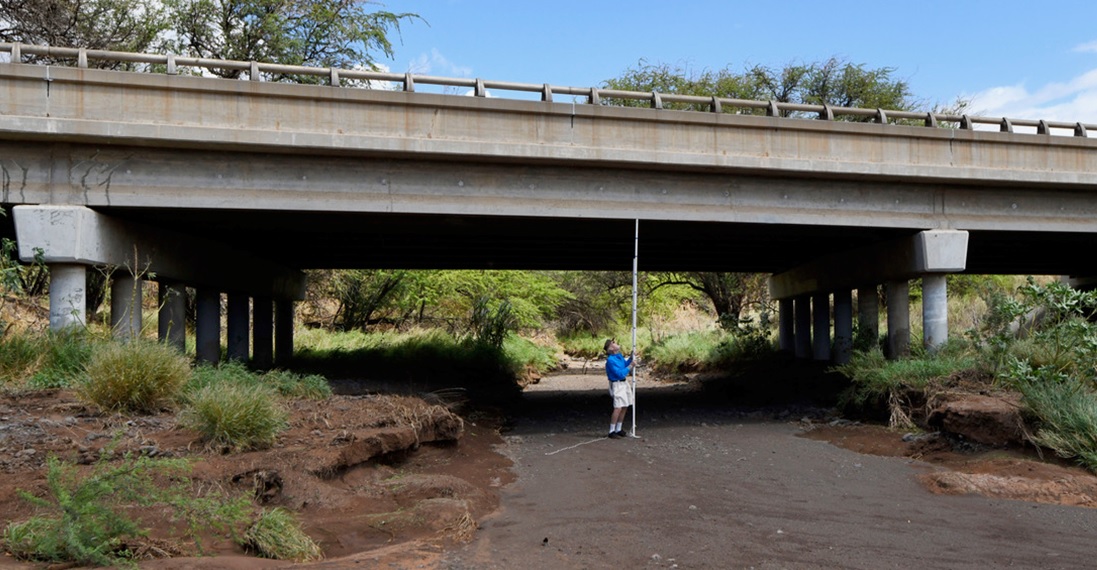
Unless the public speaks up, there is no current solution to getting the children safely across the highway and the high school will not be allowed to open.
The Solution - Build an Underpass!
The proposed solution calls for a separate and protected pedestrian walkway leading to the underpass. Many such examples can be seen around the world:
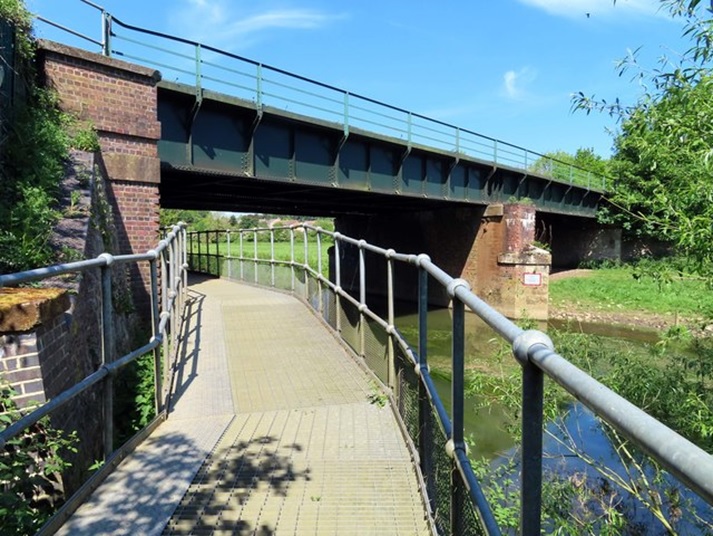
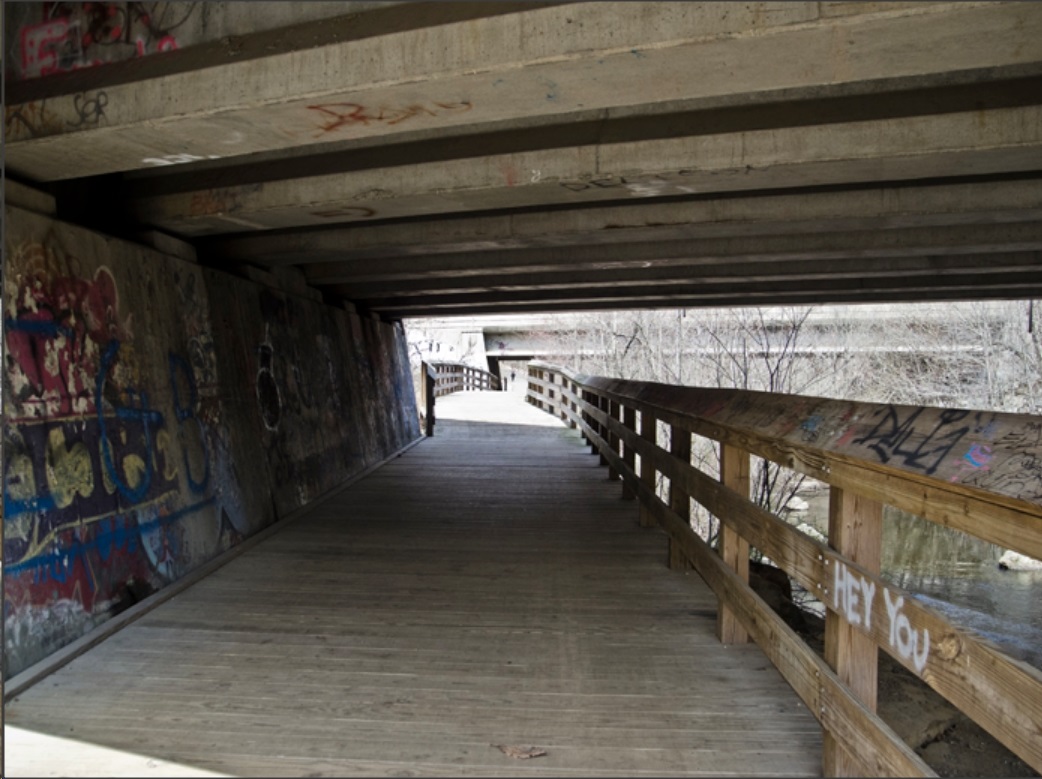
Problem #2
Since Waipuilani Gulch is on the south edge of the high school area, keiki will have to walk along the bridge in a safe manner. Currently, there is no safe way to walk along the highway (i.e., walk across the existing bridges), as the current bicycle lane is only three feet wide, with no physical separation from traffic flow.
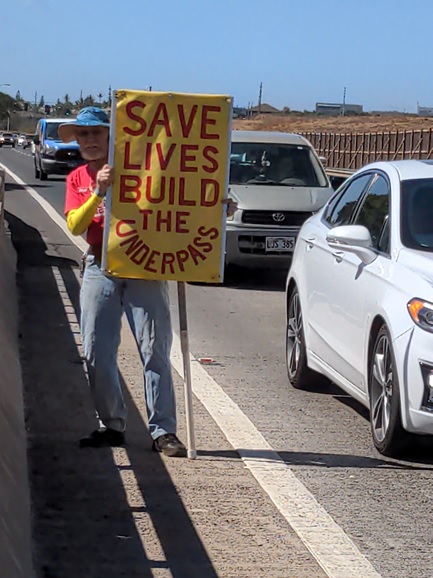
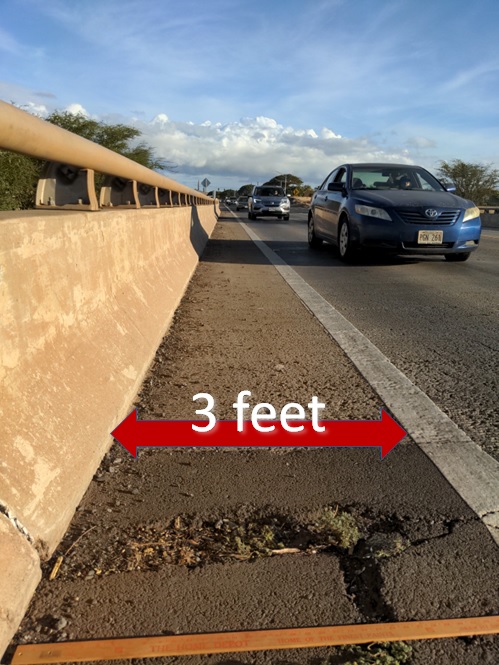
This gravely serious problem has not been even considered by DOT or DOE.
The Solution - Build a Pedestrian Footbridge!
One proposed solution is a separate pedestrian footbridge on the makai (ocean) side of the existing bridges, leading to the underpass in a safe manner. Instead of just a narrow lane right next to the highway, pedestrians should be separated from the traffic through a solid barrier, which could be constructed in a variety of ways (concrete, guard rails,...). Many such examples can be seen around the world:

Longer-Term Outlook
The goal is for the underpass to be a temporary solution that can serve for several years, until a more permanent solution can be found. One such possible long-term solution can be an overpass that is convenient, pleasing, safe, and conforming to the Americans with Disabilities Act, such as this example:
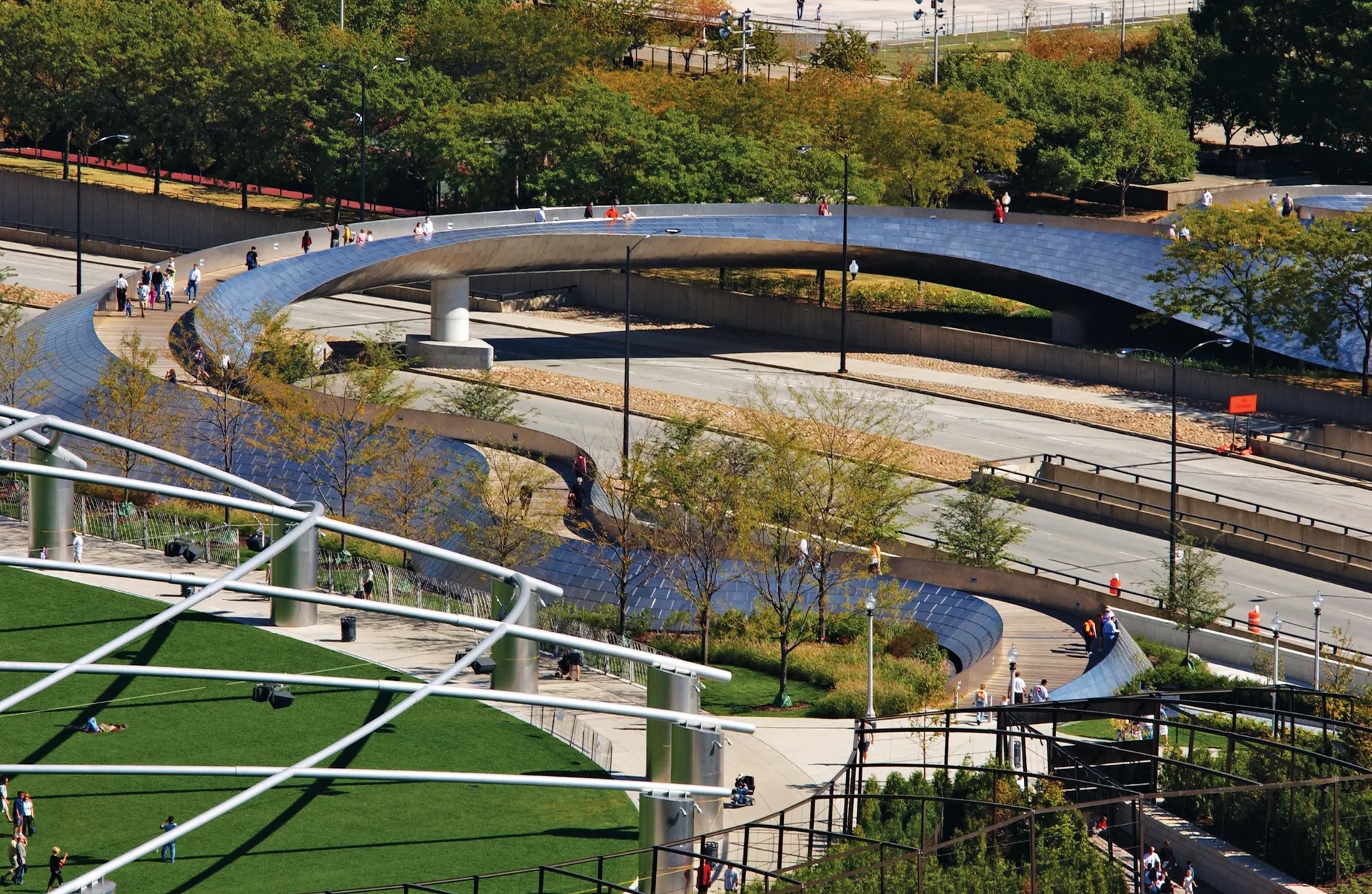
You Can Make a Difference - Please Take Action and send an email!
The only way we can move this forward is for Governor Josh Green to put direct pressure on DOE/DOT to work together and do something. Please send an email to KiheiHSUnderpass@gmail.com, It can be just one or two sentences if you like (and this link provides a starting place). The important thing is the number of messages. You don't have to be a registered voter, citizen, or resident and no age limit. Students are encouraged to write because it is their lives we are talking about.